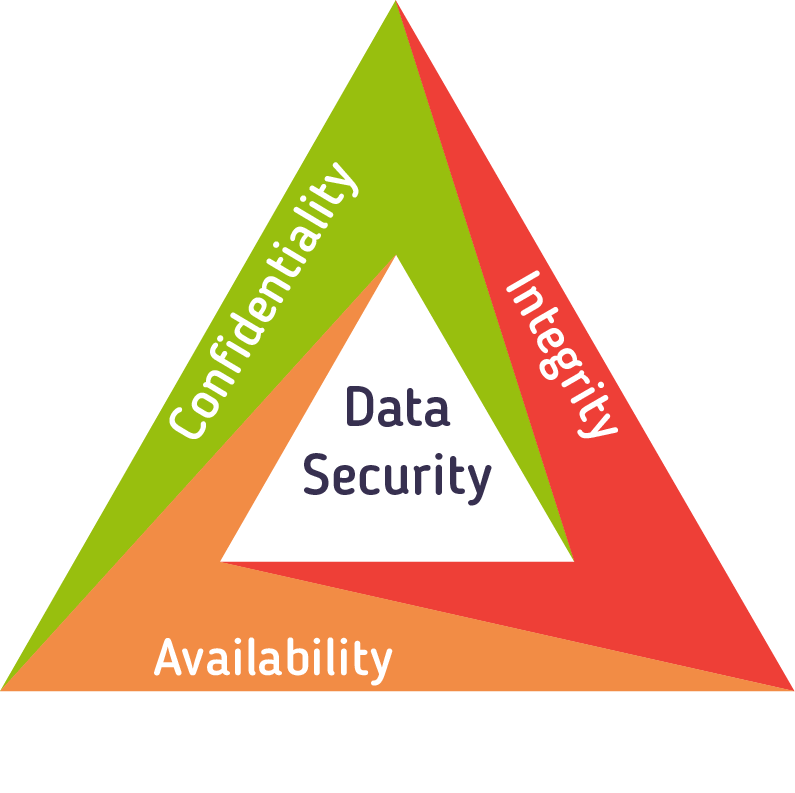
This course offered a comprehensive introduction to cybersecurity, covering core principles, security models, and implementation across Unix/Windows systems, networks, web, databases, and mobile. Emphasis was on layered strategies—prevention, detection, and tolerance—from both attacker and defender perspectives. A weekly homework series required researching and reporting on newly disclosed vulnerabilities, significantly improving awareness of current threats and trends. Lectures, a project, presentations, and an exam built practical decision‑making skills.

Simulated a mid‑sized enterprise with minimal security. Assessed gaps and designed a comprehensive architecture under strict budget constraints, justifying each control by risk reduction, cost efficiency, and measurable posture improvement.
Developed practical skills to assess risk, prioritize controls, and justify spend; improved capability to design measurable, standards‑aligned security architectures and communicate results to both technical and executive stakeholders.